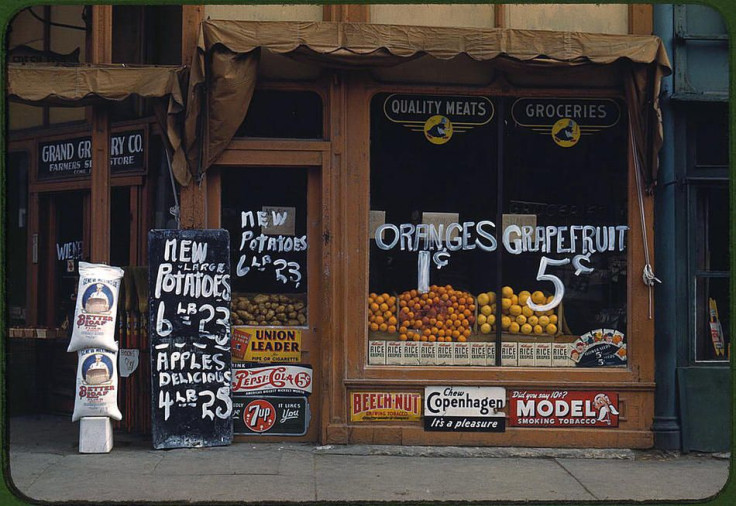Lack Of Access To Grocery Stores May Lead To Higher Obesity Rates

In many city neighborhoods, a single grocery store may be surrounded by dozens of satellites selling the urban staples: beer, cigarettes, lottery tickets, pizza slices, milk, non-perishables, no fresh fruits and vegetables.
Those areas of the country bereft of middle-brow chain stores, or high-end retailers like Fresh Fields, public policy experts refer to as “food deserts.” Some urbanites lack even a single grocer with fresh fruits and vegetables, within walking distance, with farmers’ markets even rarer. In such communities in the United States, residents may experience higher rates of diabetes, hypertension, heart disease, and stroke than others, an investigator from Indiana University-Purdue University found in a new study.
"We looked at those particular diagnoses because they are ones that are influenced by eating a healthy diet and being more physically active," says Cynthia Stone.
In findings presented in Boston to the American Public Health Association’s annual meeting, Stone said she and her colleagues examined how a grocery store might help the health of residents in a poor neighborhood in Indianapolis, on the east side of the Indiana State Fairgrounds. With the nearest grocery stores two to five miles from residents in this particular neighborhood, a four-block area between two major roads, the community is a food desert, by federal criteria. For lack of brand-new Land Rover, or other private transportation, many of the neighborhood’s low-income residents also lack access to quality, affordable grocery fare—given the barrier a 45-minute bus ride, in many cases, presents to the shopper.
The U.S. Department of Agriculture estimates that some 23.5 million Americans live in such food deserts in urban and rural parts of the country. Public policy analysts say these circumstances lead to poorer diets with higher rates of diabetes and heart disease.
In the Indianapolis neighborhood examined by Stone, residents lacked a nearby grocery store but were served by 11 convenience stores, one of which sold fresh fruits and vegetables with another offering a basket with a few apples and oranges. Any healthy food available was inevitably more expensive than similar items sold at a grocery store, Stone says.
Not surprisingly, residents surveyed by Stone expressed support for bringing a grocery store to the neighborhood, agreeing they would likely purchase more healthy food were that a viable option. Some residents also said they’d like advice on nutrition, so unaccustomed were they to healthier grocery fare.
However, a study published in March by an investigator from the University of California suggests the government’s food desert designation may be a myth, at least as far as predicting body mass index or obesity. Hattori Sturm analyzed data from more than 97,000 Californians participating in two large surveys in 2007 and 2009, finding no strong evidence proximity to grocers influenced one’s diet.
Yet, the study examined areas of the country arguably more dependent on private transportation than others, leaving the subject open to question.



























